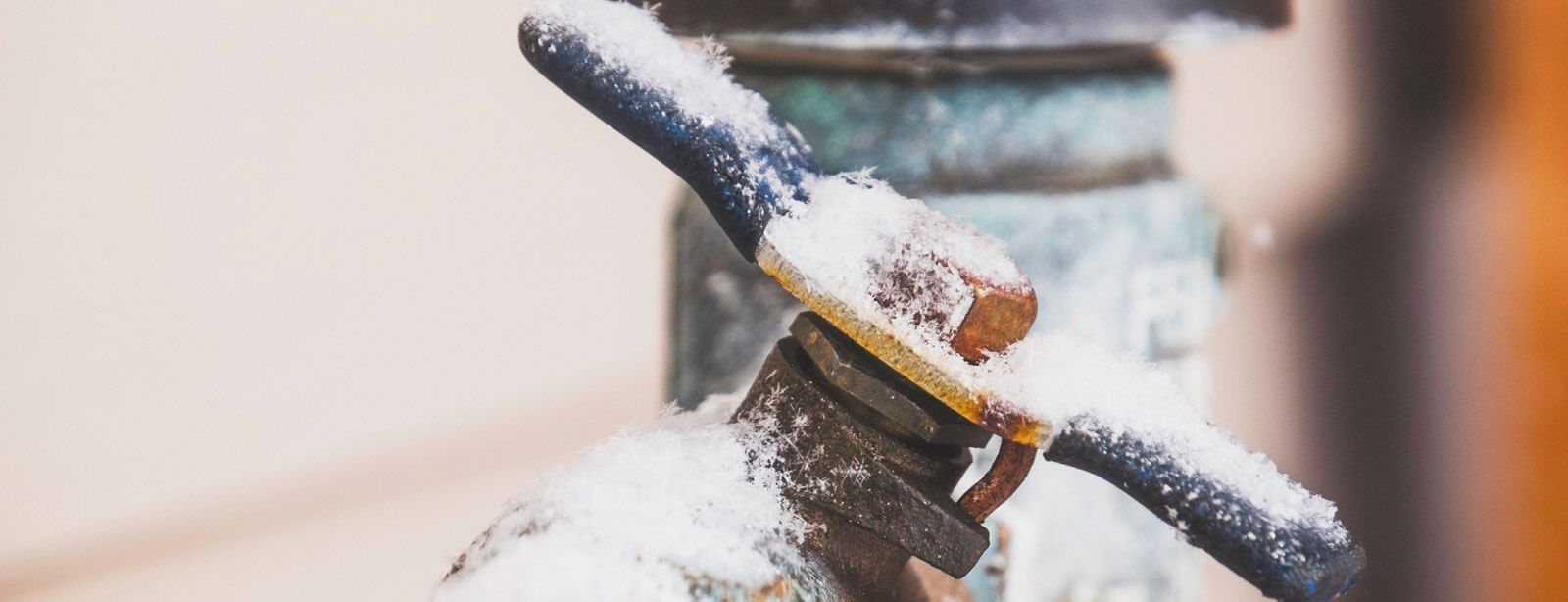This post which follows about How To Avoid Freezing Pipes is absolutely compelling. You should investigate it.

Winter can ruin your pipes, especially by freezing pipes. Right here's how to prevent it from taking place and what to do if it does.
Intro
As temperature levels drop, the risk of frozen pipes rises, potentially resulting in costly repair services and water damage. Recognizing how to avoid icy pipes is vital for home owners in cool environments.
Recognizing Frozen Pipelines
What causes pipes to freeze?
Pipes ice up when revealed to temperature levels listed below 32 ° F (0 ° C) for extended periods. As water inside the pipes freezes, it expands, putting pressure on the pipe walls and potentially causing them to burst.
Threats and problems
Icy pipelines can cause water system interruptions, building damages, and costly repair work. Burst pipelines can flood homes and cause extensive architectural damage.
Signs of Frozen Pipes
Recognizing frozen pipelines early can prevent them from bursting.
Exactly how to recognize icy pipes
Search for reduced water flow from taps, uncommon smells or noises from pipes, and visible frost on revealed pipelines.
Prevention Tips
Insulating at risk pipelines
Wrap pipes in insulation sleeves or make use of warmth tape to secure them from freezing temperatures. Focus on pipelines in unheated or outside areas of the home.
Home heating methods
Keep indoor areas sufficiently heated, specifically areas with pipes. Open closet doors to enable cozy air to distribute around pipelines under sinks.
Safeguarding Outdoor Pipes
Yard hose pipes and exterior faucets
Disconnect and drain pipes garden tubes before wintertime. Install frost-proof spigots or cover outside taps with insulated caps.
What to Do If Your Pipes Freeze
Immediate activities to take
If you believe frozen pipes, maintain taps open to soothe pressure as the ice thaws. Use a hairdryer or towels soaked in warm water to thaw pipes slowly.
Long-Term Solutions
Structural changes
Think about rerouting pipes away from exterior wall surfaces or unheated locations. Add added insulation to attic rooms, cellars, and crawl spaces.
Upgrading insulation
Invest in high-grade insulation for pipes, attic rooms, and wall surfaces. Appropriate insulation aids keep regular temperatures and decreases the risk of icy pipelines.
Conclusion
Avoiding frozen pipelines calls for positive steps and quick feedbacks. By recognizing the reasons, signs, and preventive measures, homeowners can shield their plumbing during winter.
6 Proven Ways to Prevent Frozen Pipes and Protect Your Home
Disconnect and Drain Garden Hoses
Before winter arrives, start by disconnecting your garden hoses and draining any remaining water. Close the shut-off valves that supply outdoor hose bibs and leave the outdoor faucet open to allow any residual water to drain. For extra protection, consider using faucet covers throughout the colder months. It’s also important to drain water from any sprinkler supply lines following the manufacturer’s directions.
Insulate Exposed Pipes
Insulating your pipes is an effective way to prevent freezing. Pipe insulation is readily available at home improvement stores and is relatively inexpensive. Pay close attention to pipes in unheated areas such as the attic, basement, crawl spaces, or garage. Apply foam insulation generously to create a buffer against the cold. You can also wrap your pipes in heat tape or thermostat-controlled heat cables for added warmth.
Seal Air Leaks
Inspect your home for any cracks or openings that could let in cold air. Seal any holes around the piping in interior or exterior walls, as well as the sill plates where your home rests on its foundation. Additionally, make sure to keep your garage door closed unless you’re entering or exiting. Leaving it open creates a significant air leak that can lead to frozen pipes.
Allow Warm Air Circulation
During cold snaps, it’s essential to allow warm air to circulate evenly throughout your home. Leave interior doors ajar to promote better airflow. Open kitchen and bathroom cabinets to help distribute heat consistently around the rooms. If you have small children or pets, be sure to remove any household chemicals or potentially harmful cleaners from open cabinets for safety.
Let Faucets Drip
A small trickle of water can make a big difference in preventing ice formation inside your pipes. When temperatures drop significantly, start a drip of water from all faucets served by exposed pipes. This continuous flow helps prevent the water from freezing. Additionally, running a few faucets slightly can relieve pressure inside the pipes, reducing the chances of a rupture if the water inside does freeze.
https://choateshvac.com/6-proven-ways-to-prevent-frozen-pipes-and-protect-your-home/

I was guided to that write-up about How to Prevent Your Pipes From Freezing from someone on another web property. Are you aware of anybody else who is involved in the topic? Take a moment to share it. Thanks so much for your time invested reading it.
Click Here
Comments on “Avoiding Pipes from Cold Weather: Effective Tips”